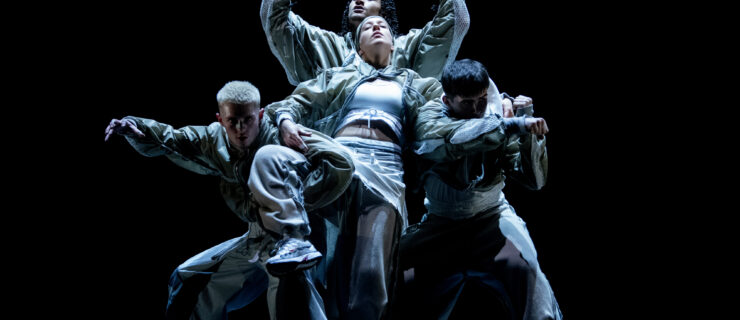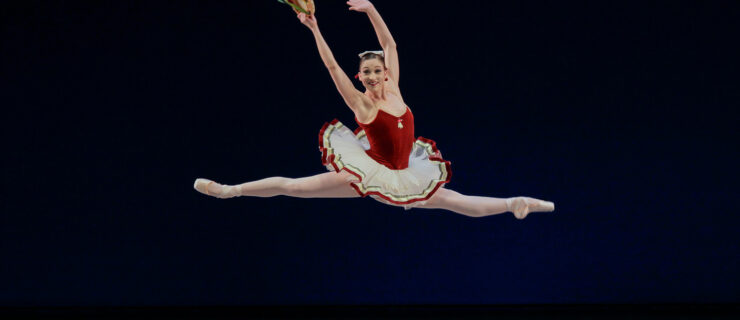Over 80% of Ballets Are Still Choreographed By Men
In the past several years, ballet has been called out time and again for not fostering, presenting and commissioning the work of women. Recently, highlighting women ballet choreographers has become somewhat of a trend, with companies pioneering initiatives to try to close the gender gap, or presenting all-women programs.
But numbers don’t lie, and unfortunately, we still haven’t made much progress.
A new report
released by the Dance Data Project—a nonprofit launched earlier this year to assess gender inequity in ballet—looks at the 2018-2019 seasons of America’s 50 largest ballet companies (this list is determined by budget, and “ballet” is defined loosely: The list includes companies like Alvin Ailey American Dance Theater and L.A. Dance Project). Here are the biggest takeaways:
81 percent of works last season were choreographed by men.
That’s 520 of the total 645 works performed by these companies last season. Looking at just full-length ballets the number grows worse: 88 percent were choreographed by men.
One bright spot: Only 65 percent of world premieres were choreographed by men—but of full-length world premieres, 90 percent were by men. Men choreographed 70 percent of mainstage world premieres, although women did have more opportunities in non-mainstage world premieres, which were split 55 percent men and 45 percent women.
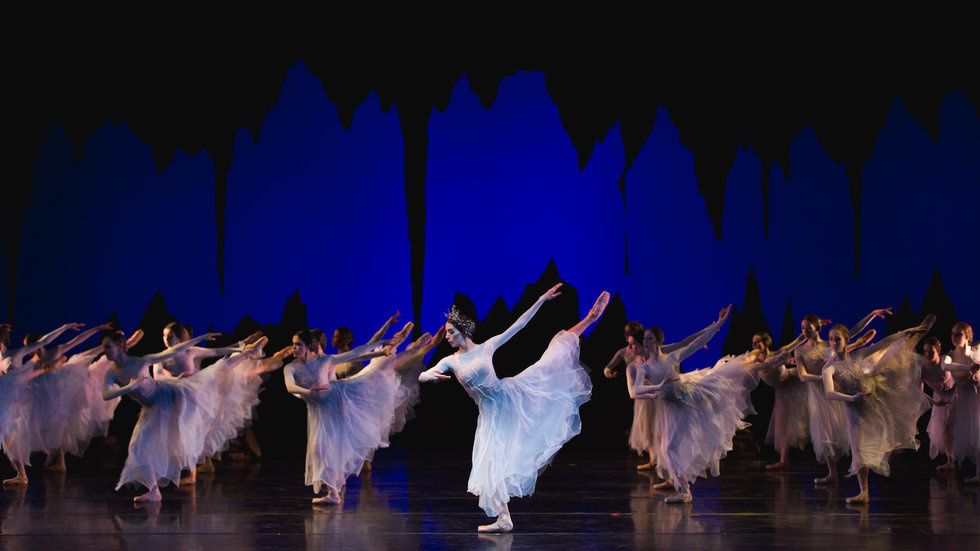
BalletMet danced all works by men last season.
Jennifer Zmuda, Courtesy BalletMet
70 percent of last year’s programs were exclusively work by men.
Ballet Arizona, BalletMet, Oklahoma City Ballet, California Ballet, Pittsburgh Ballet Theatre and Texas Ballet Theater danced 100 percent work by men all season long. Many other companies presented programs with no women choreographers on them.

Jessica Lang’s Her Notes, one of ABT’s recent commissions from women.
Rosalie O’Connor, Courtesy ABT
Some companies—especially small ones—are making progress.
By and large, the companies programming the most works by women are relatively small ones: Ballet Hispánico, Eugene Ballet Company, Dayton Ballet, Hubbard Street Dance Chicago, Sacramento Ballet, Ballet Austin, Cincinnati Ballet, Charlotte Ballet and Ballet Memphis.
One notable exception: American Ballet Theatre, whose 2018-2019 season consisted of 35 percent work by women and who DDP director of research Isabelle Vail says is “relentlessly championing women.” While ABT’s Women’s Movement has marked a shift in their programming, this feels like a bit of an exaggeration.
It’s disheartening to note that of the 10 companies who performed the most works by women, five of them actually only performed between 30 and 40 percent women-choreographed works.
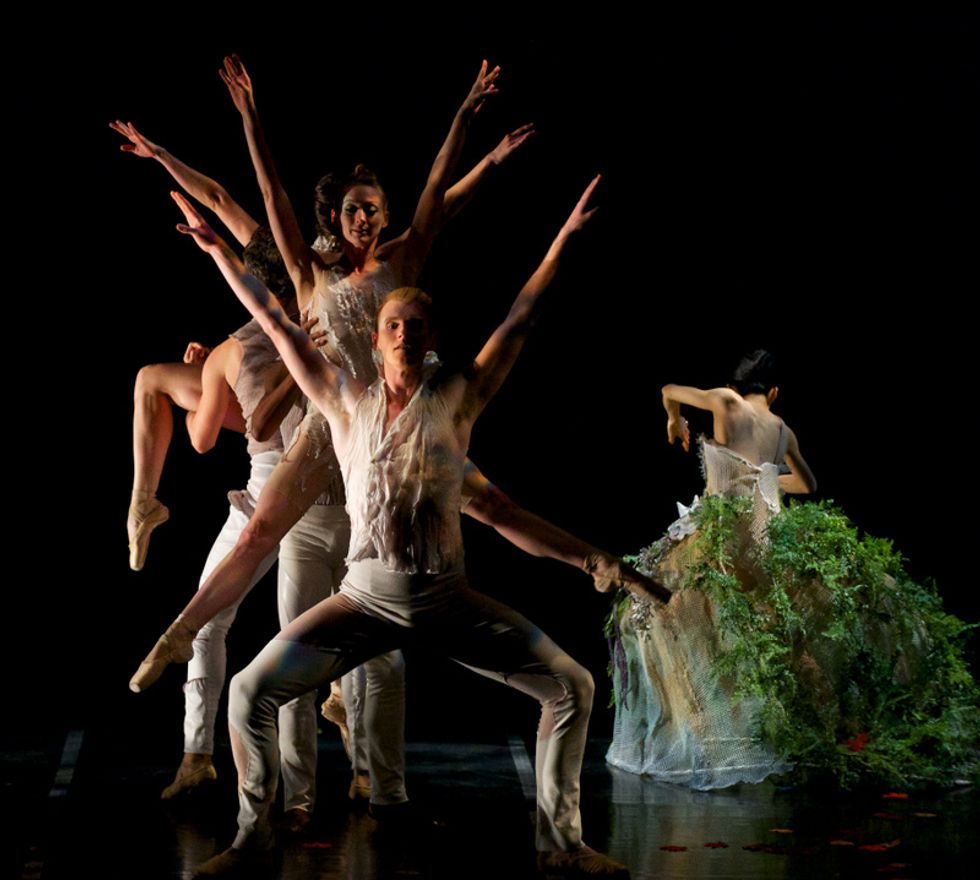 Ballet Memphis, led by Dorothy Gunther Pugh, performed 31 percent work by women last season.
Ballet Memphis, led by Dorothy Gunther Pugh, performed 31 percent work by women last season.
Ari Denison, courtesy Ballet Memphis.
Having women lead makes a difference.
Of the 10 companies that programmed the most women last season, five of them are led by women. And of the 10 that have programmed the most women for the coming season, four of them are led by women. Considering far less than half of the largest 50 companies are led by women, this feels notable. (Although, there are more women in artistic director positions in small companies than large ones, and small companies tend to program more women.)
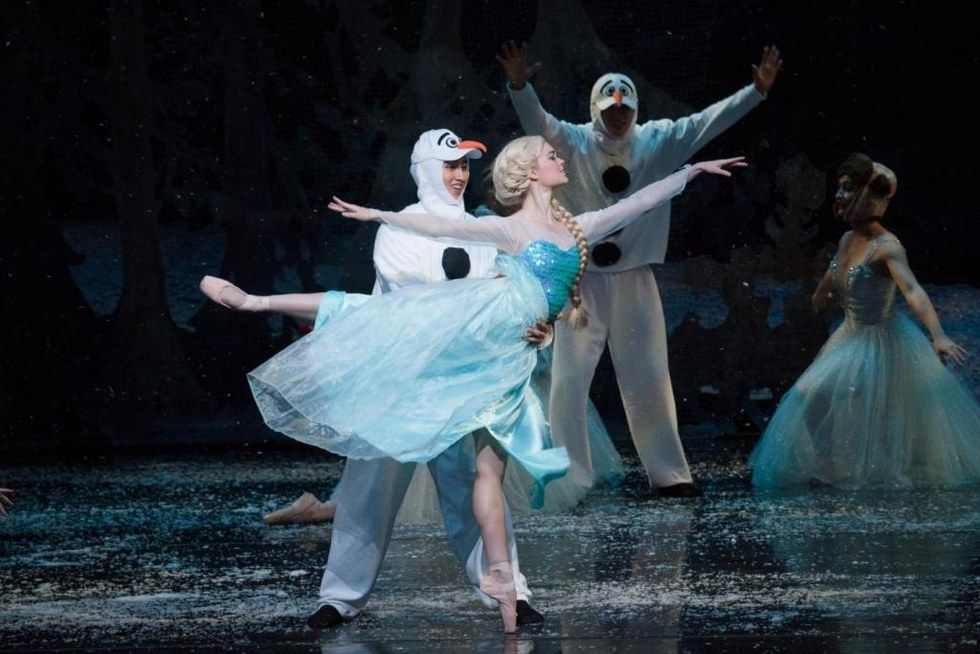 Both last season and this coming season, Texas Ballet Theatre will exclusively dance works by men.
Both last season and this coming season, Texas Ballet Theatre will exclusively dance works by men.
Ellen Appel, Courtesy TBT
Things are looking slightly better for next season.
According to DDP, 79 percent of works already announced for the 2019-2020 season will be choreographed by men, and 62 percent of programs will feature work exclusively by men.
Some companies who performed few works by women this past season will improve their track record slightly, like Pittsburgh Ballet Theatre and BalletMet. Others, like Sarasota Ballet will be dancing even less work by women in the coming season. Ballet Arizona and Texas Ballet Theater will again dance works exclusively by men.
More programming announcements are sure to come for next season, so these numbers could change—hopefully for the better.

